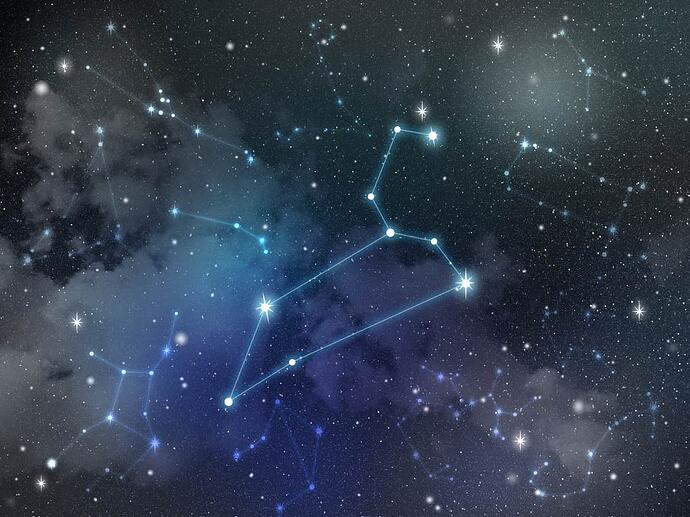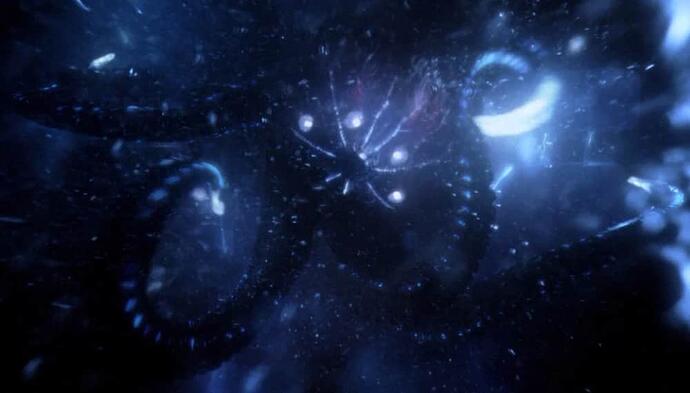Scientists at Nasa and the University of Cambridge have stressed that more observations will be needed with the James Webb Space Telescope to confirm the presence of the compound, dimethyl sulphide (DMS), but the lead author of the research said that “even the prospect of it is mind-boggling” as the gas was “uniquely associated with life” when found on Earth.
K2-18b is a planet 8.6 times as big as Earth and 120 light years away. Data from the James Webb Telescope suggests that it is totally covered in water and within the habitable zone of its star in the Leo constellation.
The discovery of DMS in its atmosphere, if confirmed, will propel K2-18b to the top of the list, with Mars plus Enceladus and Europa (1), the icy moons of Saturn and Jupiter, as the best places to search for life beyond Earth, an astronomer from the University of Cambridge has said, because it is a gas “uniquely associated with life”.
Astronomers from Nasa and Cambridge have described their excitement after data from the telescope showed large amounts of carbon dioxide and, for the first time, significant quantities of methane in the atmosphere of an “exoplanet”, a world in orbit around another star. Both of these carbon-carrying gases are considered clues that a planet may be habitable or even inhabited, although both can also be produced by inorganic processes so do not in themselves constitute proof of alien life.
Buried within the data, however, was a weaker signal that left astronomers feeling “a mix of shock and excitement and disbelief”, they said. It appeared to show the presence in K2-18b’s atmosphere of DMS, a complex molecule made up of carbon, hydrogen and sulphur atoms.
The research will appear in The Astrophysical Journal Letters. Nasa said: “On Earth, this is only produced by life. The bulk of the DMS in Earth’s atmosphere is emitted from phytoplankton in marine environments.”
Fascinating news … ![]()
(1) Coincidentally, I was watching “Europa Report” again last night … ![]()


